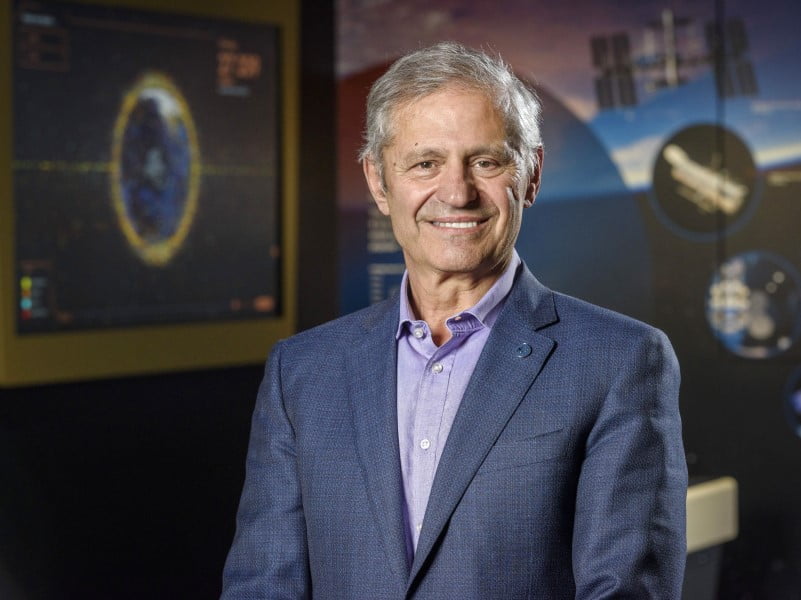The SmartSat Cooperative Research Centre has launched a three-year project to develop autonomous spacecraft technology in the hope of improving the effectiveness of satellite communications and earth observation.
The Spacecraft Autonomy and Onboard AI for Next Generation Space Systems research project, known as SCARLET-α, will deliver a set of algorithms that will enable small and distributed spacecraft to perform more functions independent of a human operator.
Among the development priorities of SCARLET-α are improved onboard data processing, resilience of small spacecraft and satellite constellations, dynamic optimisation of constellation resources, and real-time tasking and resource allocation, according to the CRC.

The eight partners involved in the $7 million project are Airbus, Asension, Deakin University, Defence Science and Technology Group, Leonardo Australia, Saab Australia, Swinburne University of Technology, and University of South Australia (UniSA)
SCARLET-α is the flagship project of the SCARLET lab, which aims to support development of spacecraft autonomy technologies, onboard AI, and data analytics. The project is being led by SmartSat CRC chair of artificial intelligence and UniSA, Professor Ryszard Kowalczyk.
Professor Kowalczyk said the ability of spacecraft to respond to unexpected events without waiting for commands from Earth will “help increase the responsiveness and continuity of space-based observations, minimise communication and data access delays, and reduce the costs for both space and ground operations”.
SmartSat CRC chief executive Professor Andy Koronios said that expanding the use of autonomous technologies in space would create new opportunities for applications on Earth.
“The next generation of satellite communications and earth observation will be achieved using integrated systems of satellite constellations operating autonomously and performing multiple tasks in real time,” he said.
“Such AI-enabled technologies promise to transform the major sectors of our economy, such as agriculture, farming, and mining, and better serve our defence and national security objectives.
“With next-generation space systems on the horizon, the possibilities for science, discovery and innovation are endless. SmartSat is well placed to progress Australia’s spacecraft autonomy capabilities to help our nation remain innovative and at the forefront of technology.”
The CRC announcement just days after the Albanese government cancelled a $1.2 billion National Space Mission for Earth Observation project. Industry has been highly critical of the government and Industry minister Ed Husic in the wake of the funding cuts.
Speaking to ABC Radio National on Friday, Mr Husic said that while a national Earth observation mission was no longer being supported by the federal government, the ongoing build up of capacity across the space industry would continue to be supported through other channels such as the Australian Space Agency and the $15 billion National Reconstruction Fund.
While Mr Husic acknowledged that many will “ be upset that they don’t get the chance to work on [a national space mission on Earth’s observation]”, he noted that there is much activity in the building private sector capacity. In particular, he singled out communications equipment manufacturers as “probably the big, heavy lifter within the sector”.
SmartSat CRC is receiving a $55 million grant over seven years through the federal government’s CRC program. This was awarded in 2019, through round 20 of the CRC program.
The federal government is currently consulting on the development of a National Robotics Strategy which includes autonomous systems operation technology and drones.
Do you know more? Contact James Riley via Email.

